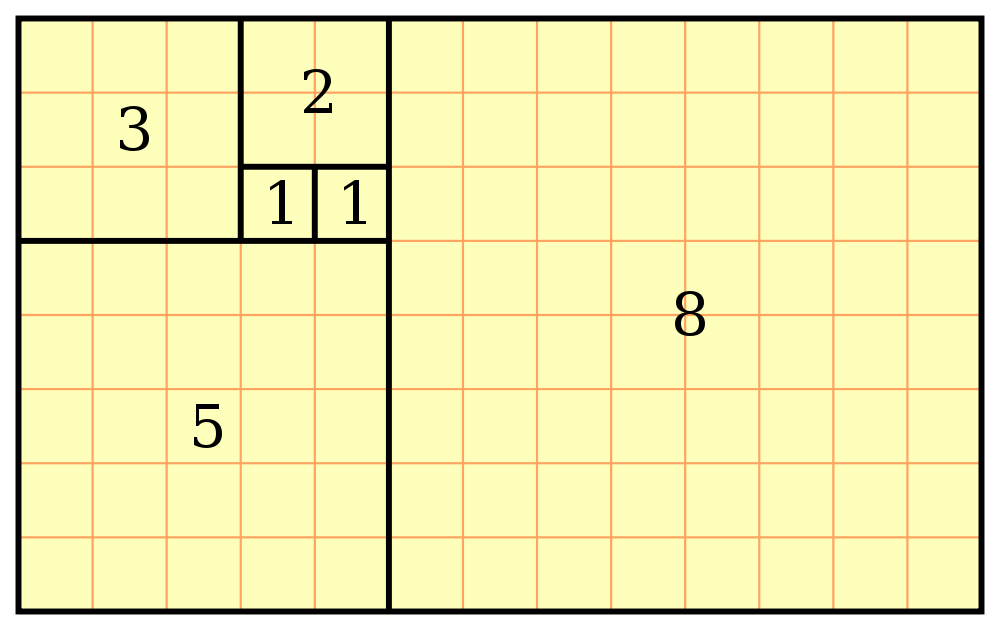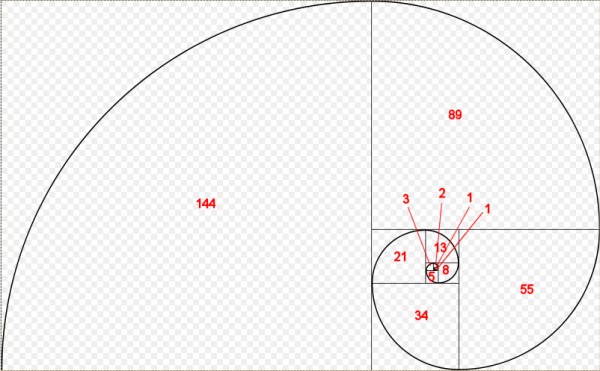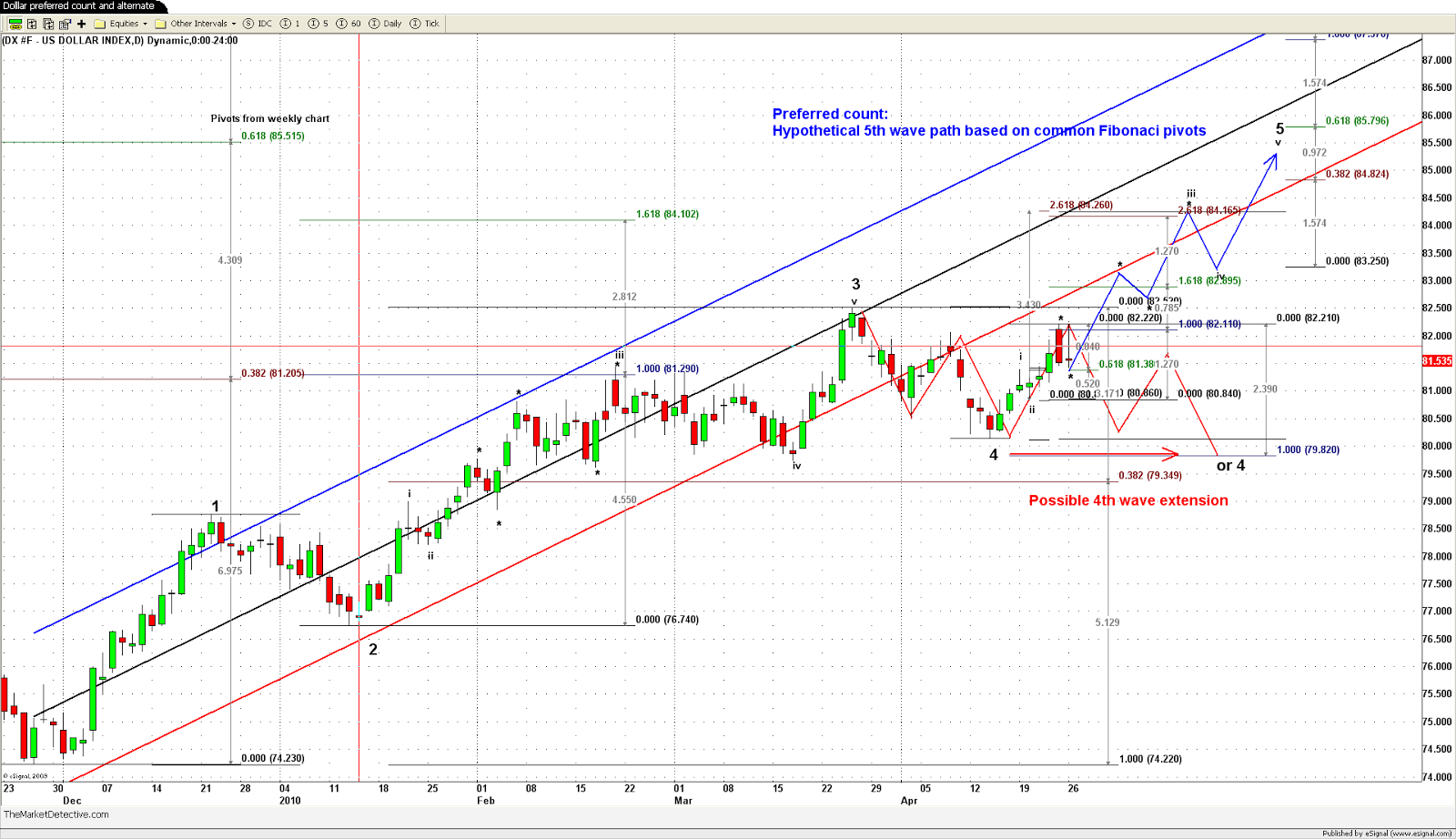Leonardo Fibonacci discovered the sequence which converges on phi
Leonardo Fibonacci, discoverer of the Fibonacci series which is related to phi, the Golden ProportionIn the 12th century, Leonardo Fibonacci wrote in Liber Abaci of a simple numerical sequence that is the foundation for an incredible mathematical relationship behind phi. This sequence was known as early as the 6th century AD by Indian mathematicians, but it was Fibonacci who introduced it to the west after his travels throughout the Mediterranean world and North Africa.
Starting with 0 and 1, each new number in the sequence is simply the sum of the two before it.
0, 1, 1, 2, 3, 5, 8, 13, 21, 34, 55, 89, 144, . . .
The ratio of each successive pair of numbers in the sequence approximates phi (1.618. . .) , as 5 divided by 3 is 1.666…, and 8 divided by 5 is 1.60.
The table below shows how the ratios of the successive numbers in the Fibonacci sequence quickly converge on Phi. After the 40th number in the sequence, the ratio is accurate to 15 decimal places.
1.618033988749895 . . .
Compute any number in the Fibonacci Sequence easily!
Here are two ways you can use phi to compute the nth number in the Fibonacci sequence (fn).
If you consider 0 in the Fibonacci sequence to correspond to n = 0, use this formula:
fn = Phi n / 5½
Perhaps a better way is to consider 0 in the Fibonacci sequence to correspond to the 1st Fibonacci number where n = 1 for 0. Then you can use this formula, discovered and contributed by Jordan Malachi Dant in April 2005:
fn = Phi n / (Phi + 2)
Both approaches represent limits which always round to the correct Fibonacci number and approach the actual Fibonacci number as n increases







